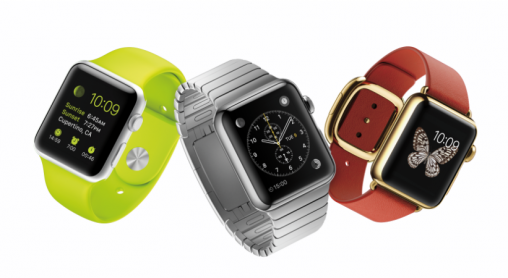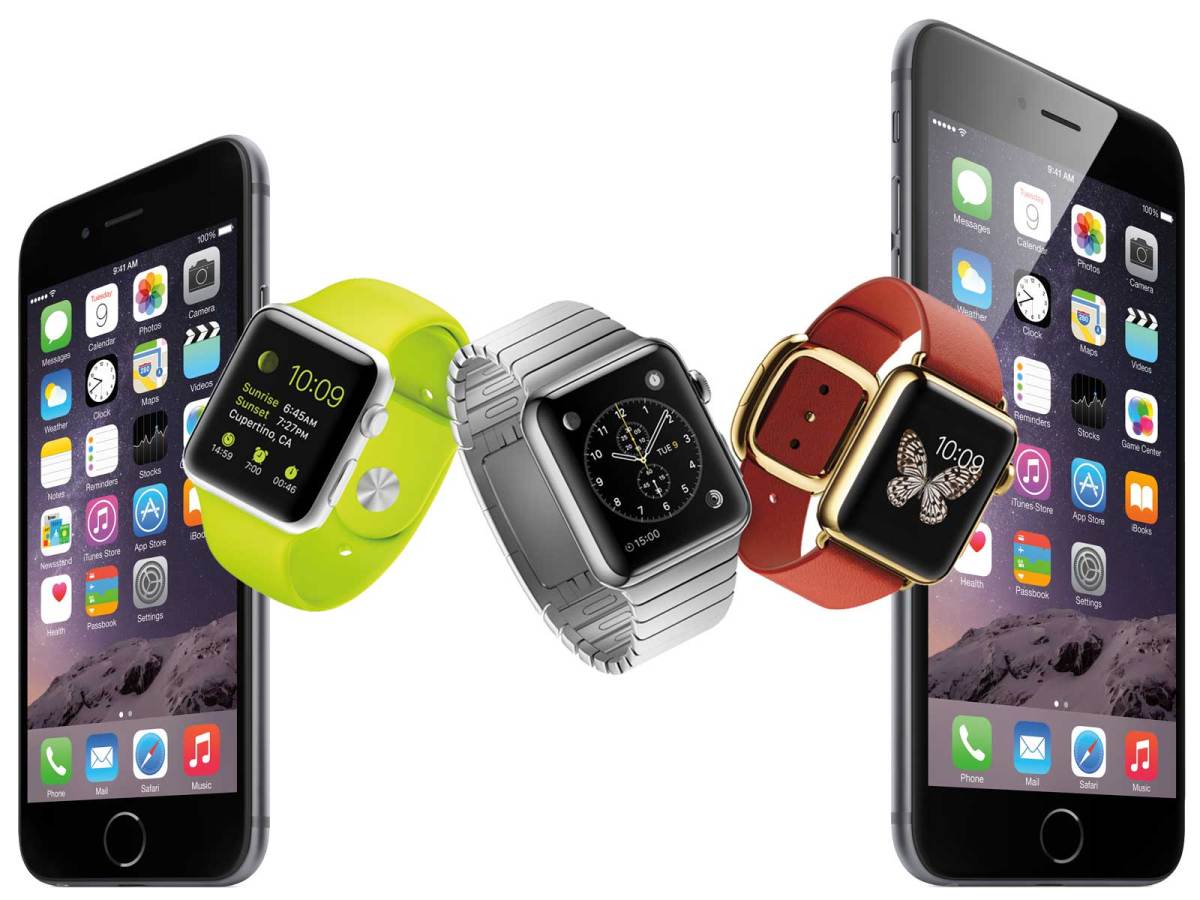It has been revealed that Apple’s retail stores are being redesigned, possibly to accommodate a different shopping experience that is expected when purchasing Apple’s soon-to-be-released Watch.
In a New Yorker profile of Jonathan Ive, Apple’s head designer, it was revealed that Ive is working with Apple’s senior vice-president of retail Angela Ahrendts on a refit of Apple’s stores.
New Yorker journalist Ian Parker writes:
Ive has begun to work with Ahrendts, Apple’s senior vice-president of retail, on a redesign—as yet unannounced—of the Apple Stores. These new spaces will surely become a more natural setting for vitrines filled with gold (and perhaps less welcoming, at least in some corners, to tourists and truants). Apple had not, overnight, become an élite-oriented company—and it would sell seventy-five million iPhones in the final quarter of 2014, many of them in China—but I wondered how rational, and pure of purpose, one can make the design of a V.I.P. area. Ive later told me that he had overheard someone saying, “I’m not going to buy a watch if I can’t stand on carpet.”
A redesign could see a departure from the clubhouse atmosphere of Apple stores whose free Wi-Fi is a magnet for backpackers who attempt to use Skype on the footpath outside the store long after it has shut its doors for the day. It appears a more upmarket retail experience has been deemed necessary to sell what is for many is a timepiece rather than just tech. Apple Watch will start at US$349 but the Apple Watch Edition with 18-karat rose or yellow gold case could be one of the most expensive pieces of technology Apple has ever sold, according The Wall Street Journal. Australian availability and pricing have yet to be announced.

Apple’s current stores take a number of design cues from Ive’s own design lab in Cupertino. Parker describes a minimalist design lab, with a “cavernous” feel, polished concrete floor and oak worktables.
“The worktables are higher than a desk but a little lower than the Apple Store tables they inspired,” Parker writes. “This height—arrived at after much reflection—accommodates seated study and standing visits. (Risking self-parody, Ive later referred to the “simplicity and modesty” of the arrangement.) Samsung Electronics sells vacuum cleaners as well as phones, and employs a thousand designers. Apple’s intentions can be revealed in one room. Each table serves a single product, or product part, or product concept; some of these objects are scheduled for manufacture; others might come to market in three or five years, or never.”
The use of glass is also a common design feature between Ive’s lab and the retail stores. A large glass wall separates the milling machines that shape plastic and metal to produce models and prototype parts from the rest of the workspace. Parker writes that Ive wanted the machines to be integrated into the studio but quarantine the noise and dust they create.

